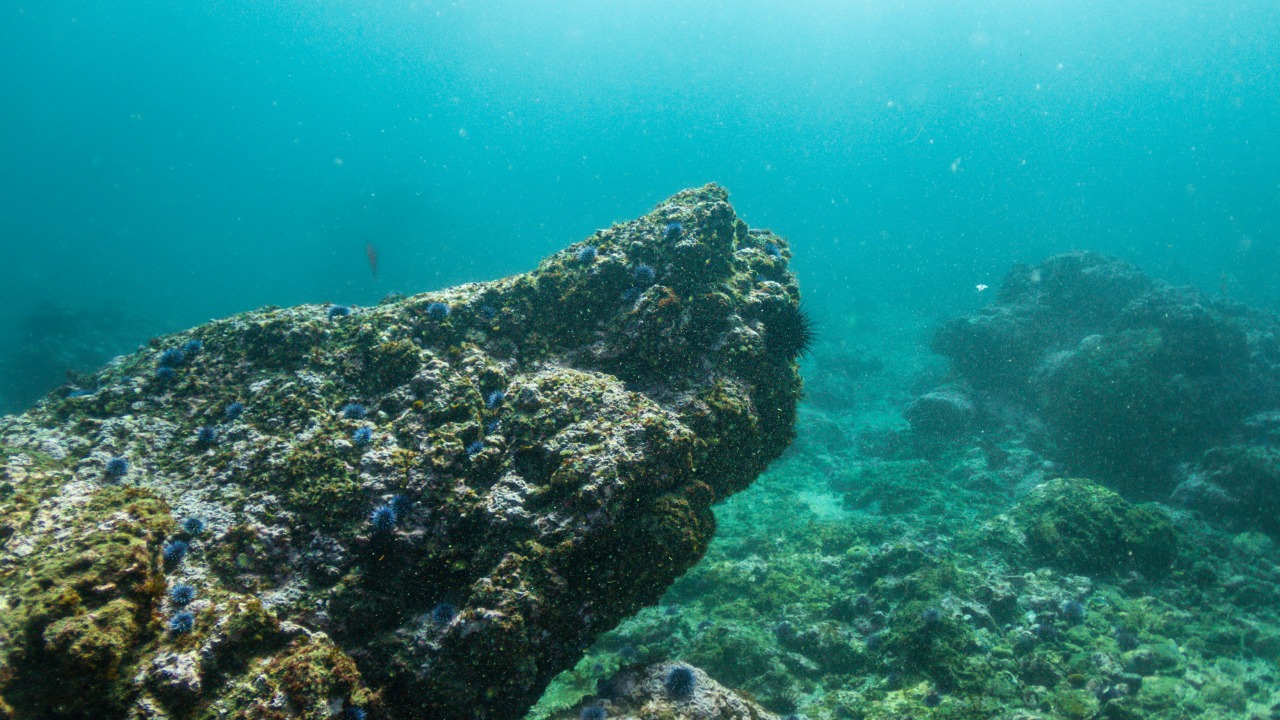
In an extraordinary geological revelation, a lost continent has been discovered submerged beneath the Indian Ocean. This new finding reinvigorates the discourse surrounding the ancient supercontinent, Lemuria, offering fascinating insights into its potential existence and location.
Discovery: Unveiling a Hidden Landmass
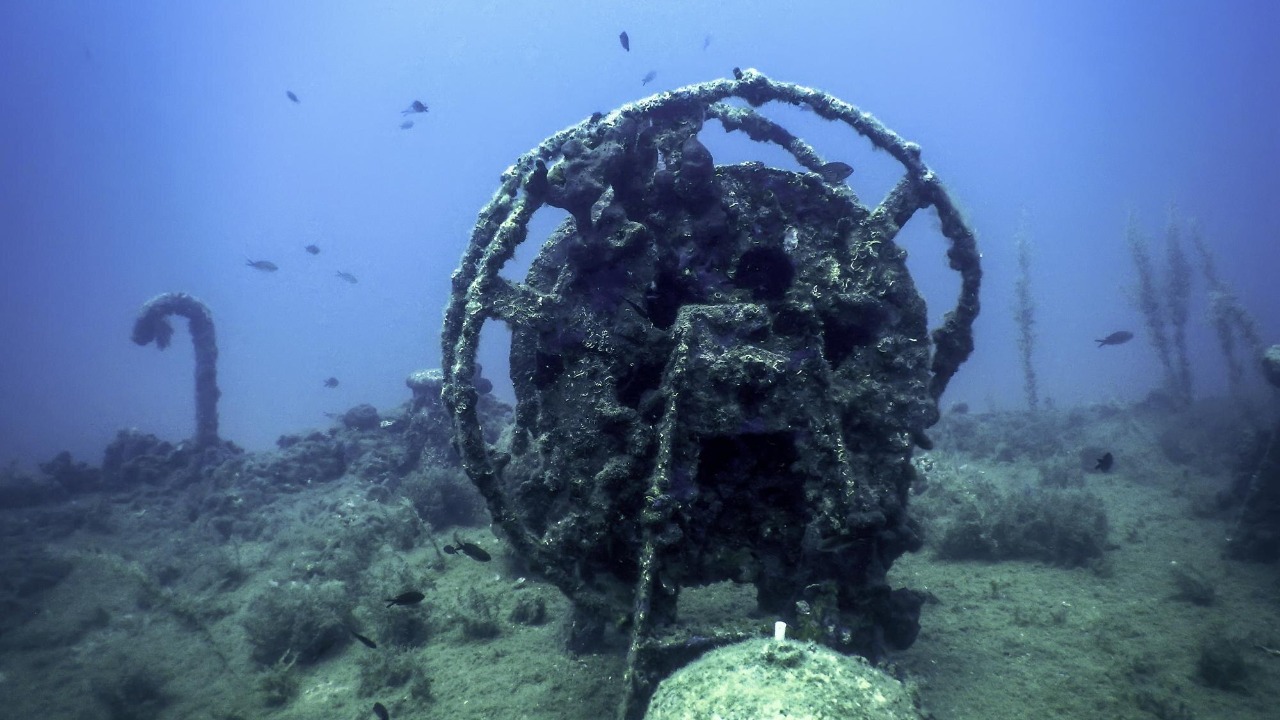
Central to the discovery of this hidden landmass was the role played by zircon minerals. Zircons are minute crystals that can be dated back billions of years, providing a geological timestamp. In this case, they’ve offered vital clues about the age and whereabouts of the lost continent. These minerals were found in the beaches of Mauritius and their age far exceeded that of the island, suggesting the existence of an older landmass beneath the Indian Ocean.
Marine surveys and geological evidence added further weight to the hypothesis. Detailed analysis of data from these surveys, including bathymetric and seismic data, showed anomalies beneath the ocean floor – indicative of a submerged continent. The Indian Ocean has always been a significant area of interest in the search for lost continents due to its geologically complex and little-explored nature.
Lemuria: The Lost Continent
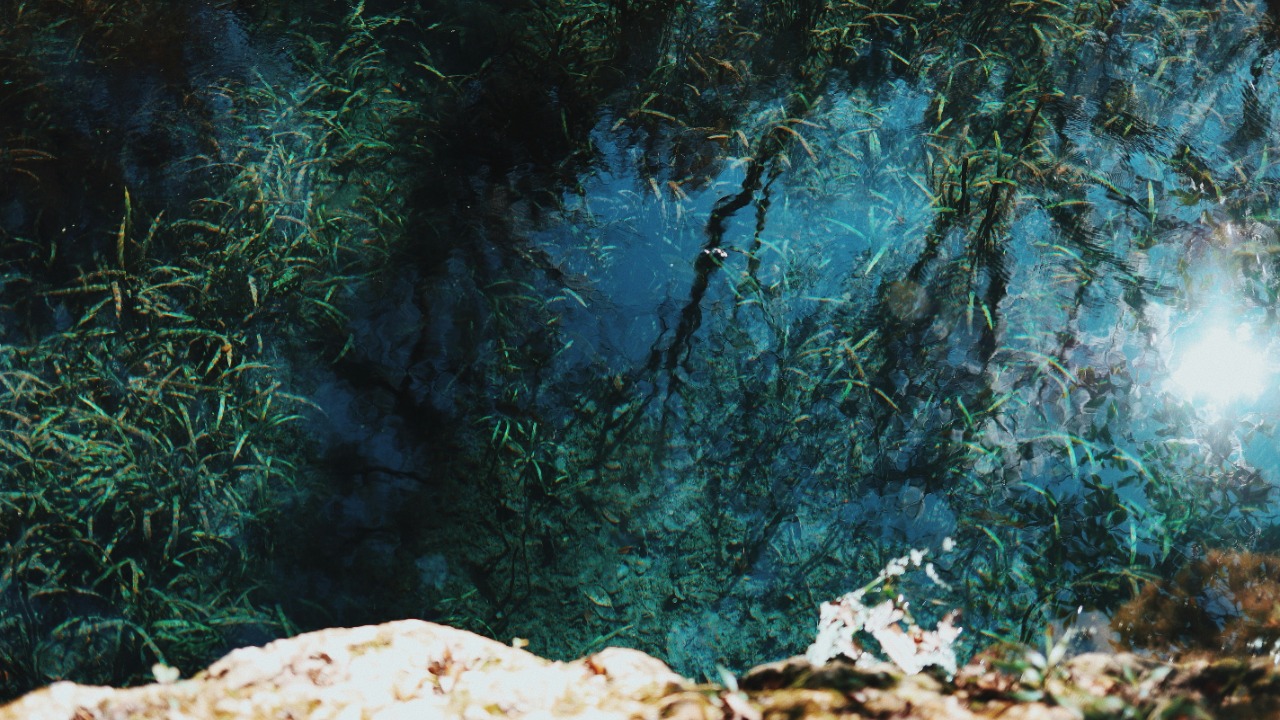
The concept of Lemuria has fascinated scholars and mystics for centuries. The lost continent of Lemuria, according to mythology and historical theories, was believed to have sunk beneath the ocean, disappearing from the face of the Earth. Some theories even suggest that Lemuria was home to an advanced ancient civilization.
This discovery strengthens the connections between Lemuria and the current continental configurations. The location of the submerged continent beneath the Indian Ocean aligns with theories that propose Lemuria existed in this region. Furthermore, the geological evidence uncovered links directly to the concept of Lemuria, providing the first tangible evidence of this mythical continent.
Geological Evidence: Proving the Existence of a Lost Continent
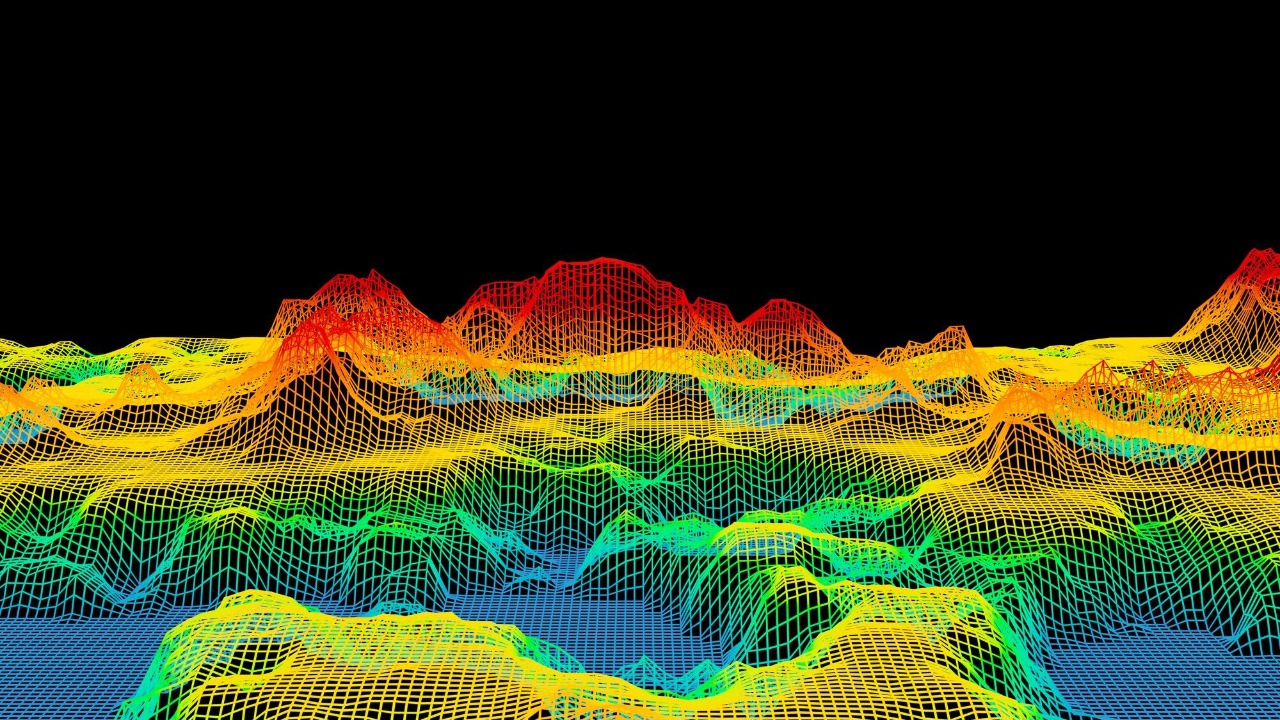
The geological evidence supporting the existence of a submerged continent is extensive. Along with the ancient zircons discovered, there are significant seismic and bathymetric data that point towards the existence of a large landmass under the Indian Ocean. The seismic data, in particular, showed variations in the Earth’s crust’s thickness, suggesting the presence of continental crust, which is typically thicker than oceanic crust.
The role of geochronology cannot be understated in this investigation. Geochronology, the science of determining the age of rocks, enabled scientists to date the zircons found and establish the existence of a landmass much older than the surrounding oceanic crust. This was critical in confirming the existence of a lost continent. The application of seismic data was equally important in identifying the variations in the crust’s thickness, further supporting the findings.
Implications: What the Discovery Means
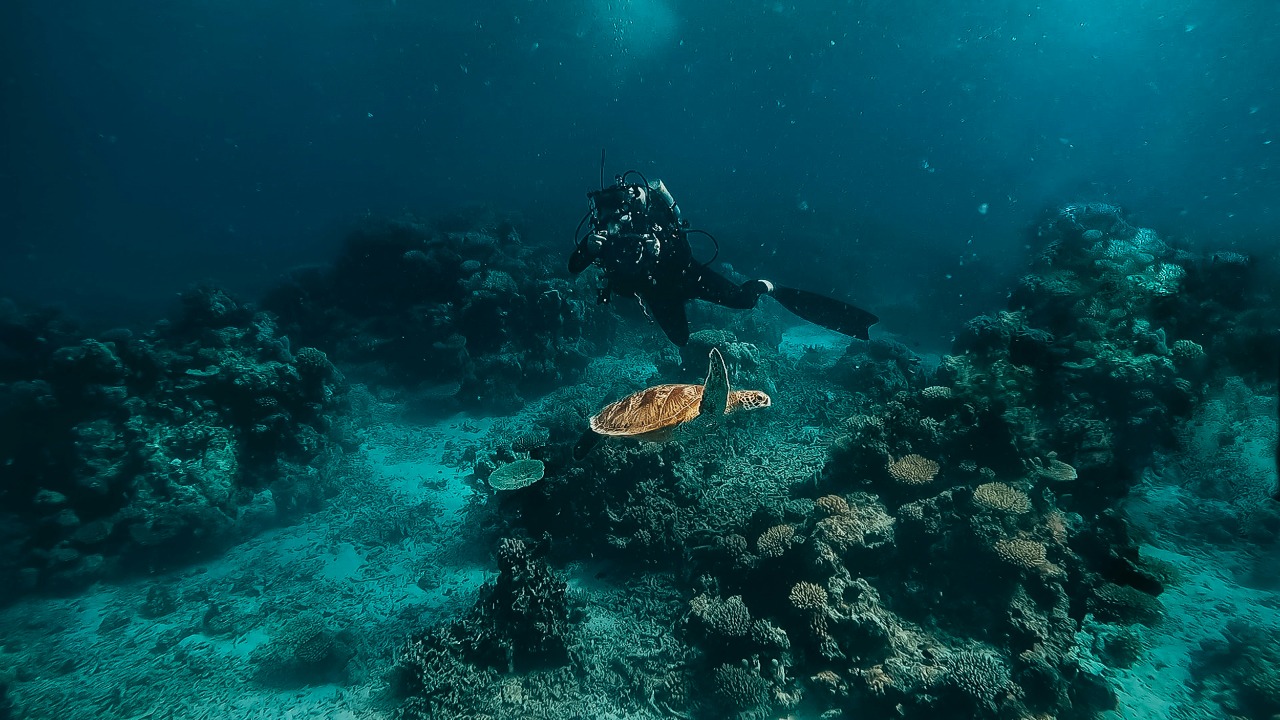
The discovery of a lost continent beneath the Indian Ocean has far-reaching implications. It rewrites our understanding of Earth’s geological history. It supports the idea that continents have been forming and breaking apart for billions of years, affirming the theory of plate tectonics. The discovery also challenges current geological theories, suggesting that more continents might have existed than previously thought.
Moreover, the discovery could have significant implications for the fields of archaeology and anthropology. If further evidence of Lemuria is found, it could provide insights into ancient civilizations and human migration patterns. Archaeologists and anthropologists will undoubtedly be intrigued by this discovery, as it opens up new avenues for exploration and understanding of our past.
Future Explorations: The Next Steps
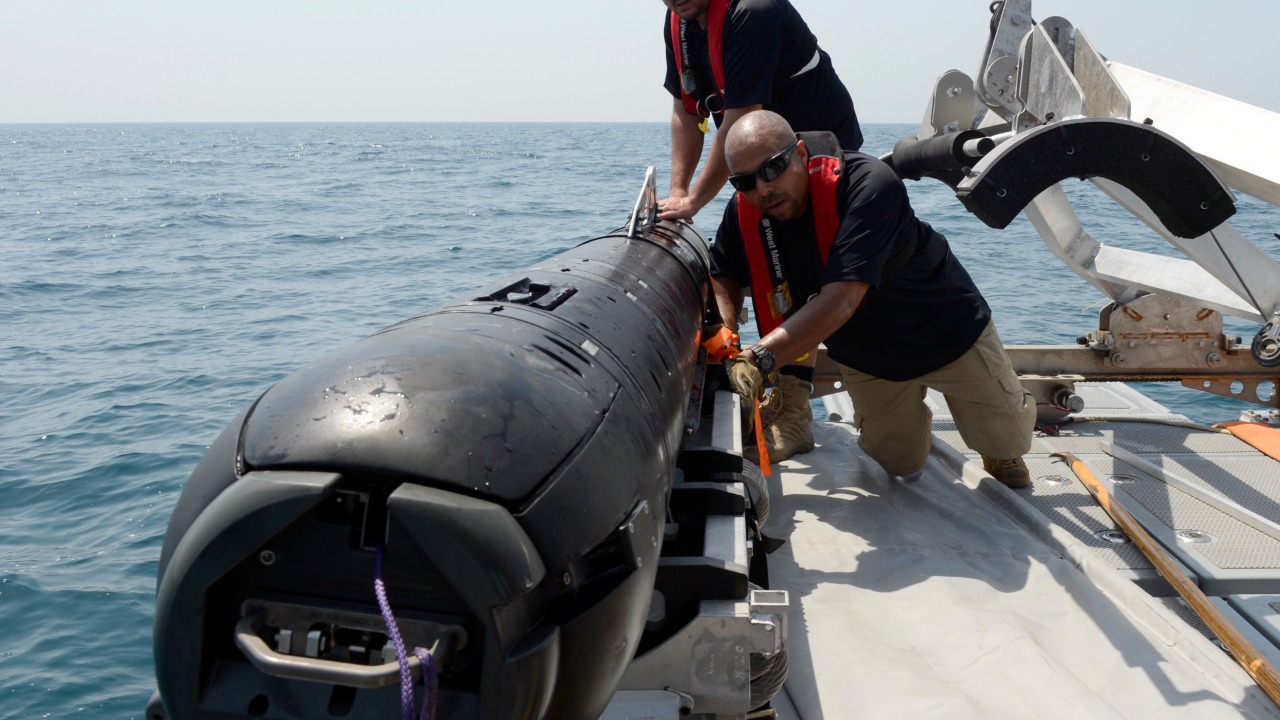
The discovery of a lost continent beneath the Indian Ocean has spurred plans for additional research and exploration in the region. Scientists are keen to gather more data to further establish the characteristics of the submerged continent and validate their findings. There is potential for further discoveries of lost continents as we continue to explore the less-known regions of our planet.
Advancements in technology will undoubtedly aid future geological exploration. Modern survey equipment and data analysis tools will provide more detailed and accurate information about the Earth’s crust. As this technology evolves, it will enable us to uncover more of our planet’s hidden past. For more insights into this fascinating subject, this book provides an in-depth exploration of lost continents and their geological evidence.